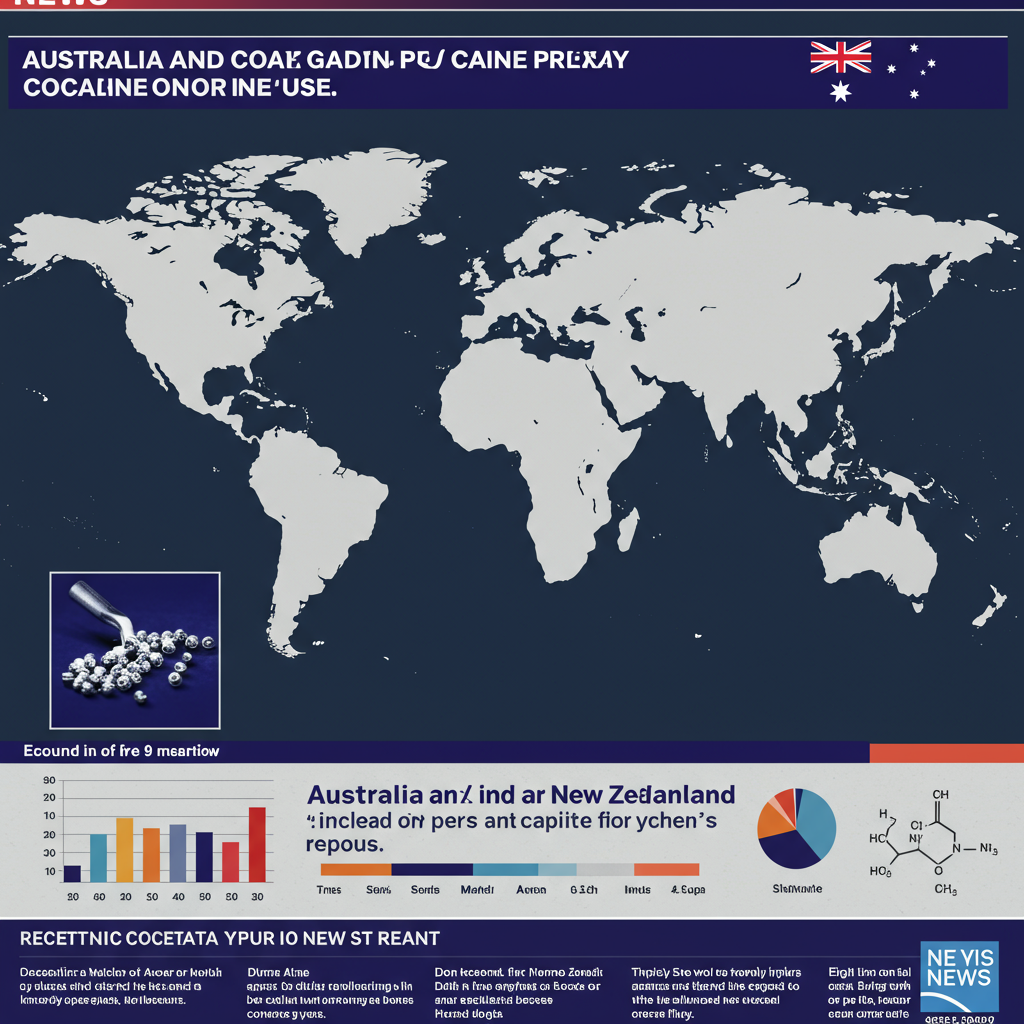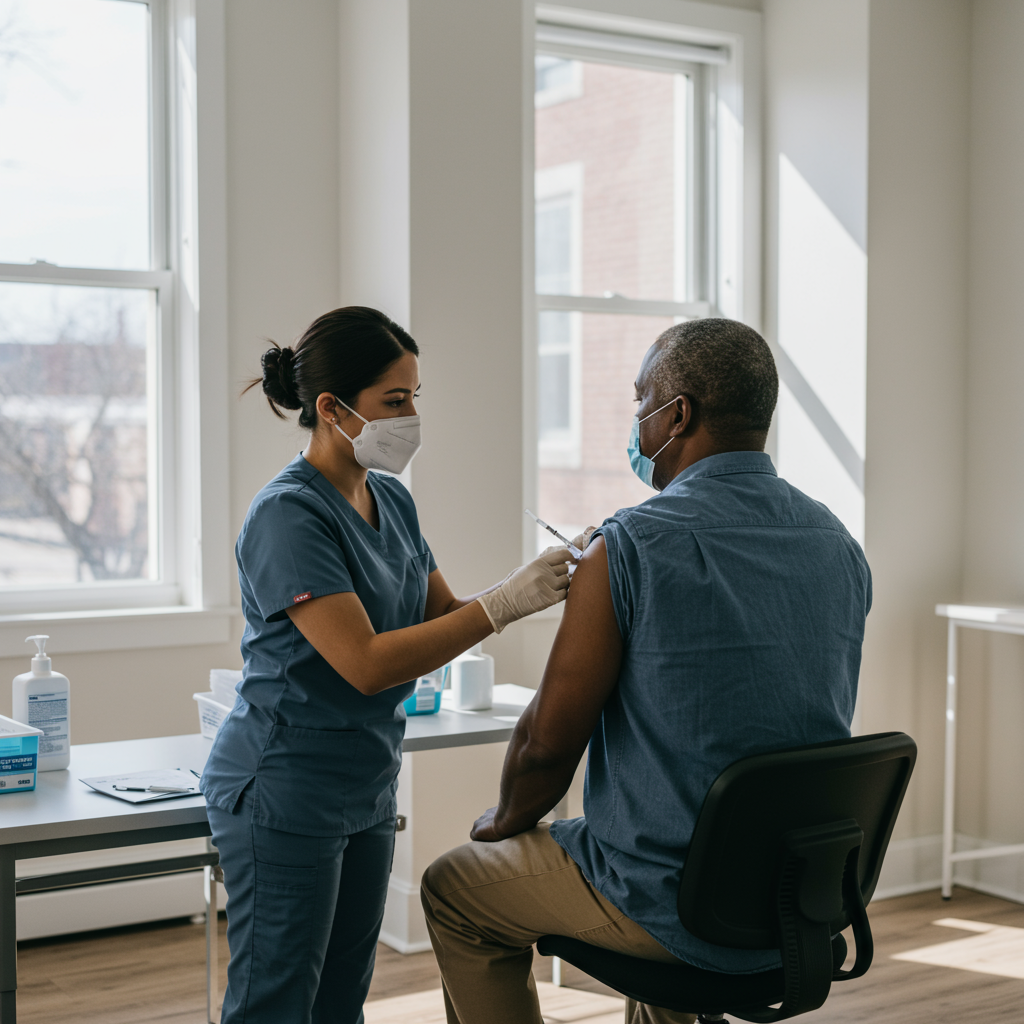The United States faces a significant resurgence of measles, with reported cases reaching their highest point since the disease was officially declared eliminated in the U.S. in 2000. This concerning increase underscores the challenges posed by declining vaccination rates and the highly contagious nature of the virus. Public health officials are actively tracking the spread and urging renewed vigilance against this preventable illness.
As of July 5, 2025, the nation has recorded 1,277 confirmed measles cases. This figure already surpasses the 1,274 cases reported for the entire year in 2019, which previously held the record for the highest annual total since elimination. The current outbreak is not confined to one area but includes widespread transmission across multiple states.
Understanding the Current Outbreak
The primary driver of the current surge appears to be a large outbreak that began in west Texas. Data indicates that this regional cluster accounts for a significant majority of the reported infections. Beyond this central point, additional cases have emerged through community spread and international travel.
Measles is one of the most easily spread infectious diseases known. Its airborne nature allows the virus to linger in the air for up to two hours after an infected person leaves a space. This extreme contagiousness means susceptible individuals face a very high risk upon exposure.
Why Measles is Spreading Now
The re-emergence of measles at this scale is directly linked to falling vaccination rates. The U.S. achieved measles elimination in 2000 primarily due to high levels of immunity from vaccination programs. However, recent trends show a concerning decline in MMR (measles, mumps, rubella) vaccination coverage among young children.
National data reveals kindergarten MMR vaccination rates have dropped, falling below the critical 95% threshold needed for community immunity, also known as herd immunity. This decline leaves pockets of vulnerable populations where the virus can take hold and spread. Experts estimate hundreds of thousands of kindergarteners were vulnerable in the most recent school year alone. Increased global measles activity also plays a role, leading to more imported cases that can spark outbreaks in under-vaccinated communities.
The Serious Impact of Measles
Measles is far more severe than just a rash. It carries a significant risk of serious complications, particularly for young children. The disease can lead to ear infections, bronchitis, and pneumonia in a substantial number of cases. Diarrhea affects about 10% of those infected.
More dangerously, approximately 1 in 1,000 measles cases result in encephalitis, a severe brain swelling that can cause permanent brain damage. Tragically, the current outbreak has resulted in three confirmed deaths. Historically, before widespread vaccination, measles caused hundreds of deaths annually in the U.S. Current data shows about 1 or 2 out of every thousand infected children may die from the disease.
Hospitalization Rates Are High
The highly contagious nature of measles translates into high hospitalization rates for unvaccinated individuals. According to the CDC, 92% of unvaccinated people exposed to the virus will contract it. Furthermore, about 1 in 5 unvaccinated people who get measles require hospitalization.
The 2025 outbreak has already led to at least 155 hospitalizations. This includes both children and adults affected by the severe illness. Earlier data from 2024 showed about 40% of reported cases resulted in hospitalization, with the highest rates seen among children under five.
Recognizing Measles Symptoms
Knowing the signs of measles is crucial for early detection and preventing further spread. Symptoms typically appear 7 to 14 days after exposure to the virus. Initial signs often resemble a cold or flu.
Key early symptoms include a high fever, often spiking to over 104 degrees Fahrenheit when the rash appears. A persistent cough, runny nose, and watery eyes are also common. A distinctive early sign, Koplik’s spots, tiny white spots resembling salt crystals, may appear inside the mouth two to three days after the first symptoms begin.
The Characteristic Measles Rash
The tell-tale measles rash usually develops three to five days after the initial symptoms start. It typically begins as flat red spots on the face and neck. Small raised bumps may appear on top of these spots.
The rash then spreads downwards, covering the chest, back, arms, and legs. The spots can merge together as the rash progresses. The appearance of the rash often coincides with the peak fever.
Outbreaks Across the Nation
The 2025 measles outbreak is geographically widespread, with confirmed cases reported in at least 39 states and jurisdictions across the country. While the west Texas outbreak is the largest, states like New Mexico and Kansas have also reported high numbers of cases.
In Texas alone, 36 counties had reported cases as of early July. The state’s total reached 753 confirmed cases since January, including two tragic deaths among school-age children within the hardest-hit region. The virus efficiently seeks out and spreads within communities with lower vaccination coverage.
Protecting Yourself and Others: Vaccination is Key
The most effective defense against measles is vaccination. The MMR vaccine provides excellent protection against the disease. Two doses of the MMR vaccine are 97% effective at preventing measles.
Even a single dose offers substantial protection, estimated at 93% effectiveness. Widespread vaccination not only protects the vaccinated individual but also contributes to herd immunity. This community protection is vital for safeguarding those who cannot be vaccinated, such as infants under one year old, pregnant women, and individuals with compromised immune systems.
Looking Ahead: Preventing Future Epidemics
Public health experts warn that without efforts to boost vaccination rates, measles could become endemic again in the U.S. Modeling studies project a significant rise in cases over the next 25 years if current vaccination rates persist or decline further. Reversing this trend requires a concerted effort.
Ensuring continued access to free and accessible childhood vaccinations is paramount. Restoring public trust in the safety and effectiveness of the MMR vaccine is also crucial. Experts believe that even a modest increase in community vaccination rates could dramatically reduce projected case numbers and help maintain the elimination status achieved decades ago. Local public health interventions are vital for containing outbreaks quickly when they occur.
Frequently Asked Questions
What are the main symptoms of measles and when do they appear?
Measles symptoms typically start 7 to 14 days after exposure. Initial signs include high fever (potentially over 104F), cough, runny nose, and watery eyes. Koplik’s spots, tiny white spots inside the mouth, may appear after 2-3 days. The characteristic red, blotchy rash starts on the face/neck 3-5 days after symptoms begin and spreads downwards.
Which U.S. states are currently reporting the most measles cases in this outbreak?
As of early July 2025, confirmed measles cases have been reported in at least 39 U.S. states and jurisdictions. The states with the highest concentration of cases in the current outbreak are Texas, New Mexico, and Kansas. Texas, particularly the western part of the state, has reported the largest number of cases, exceeding 750.
How effective is the MMR vaccine, and why is vaccination crucial during a measles outbreak?
The MMR vaccine is highly effective. Two doses provide about 97% protection against measles, while one dose offers about 93% protection. Vaccination is crucial because measles is extremely contagious and can cause severe complications and even death. High vaccination rates are needed for herd immunity, protecting vulnerable individuals who cannot be vaccinated.
The current surge in measles cases is a stark reminder of the importance of vaccination for maintaining public health. Action is needed to ensure high vaccination coverage across the nation.



